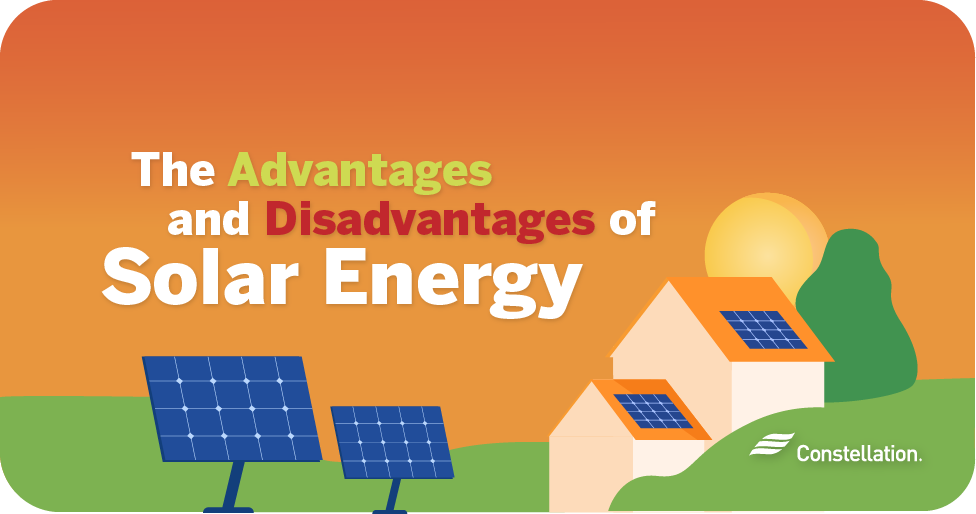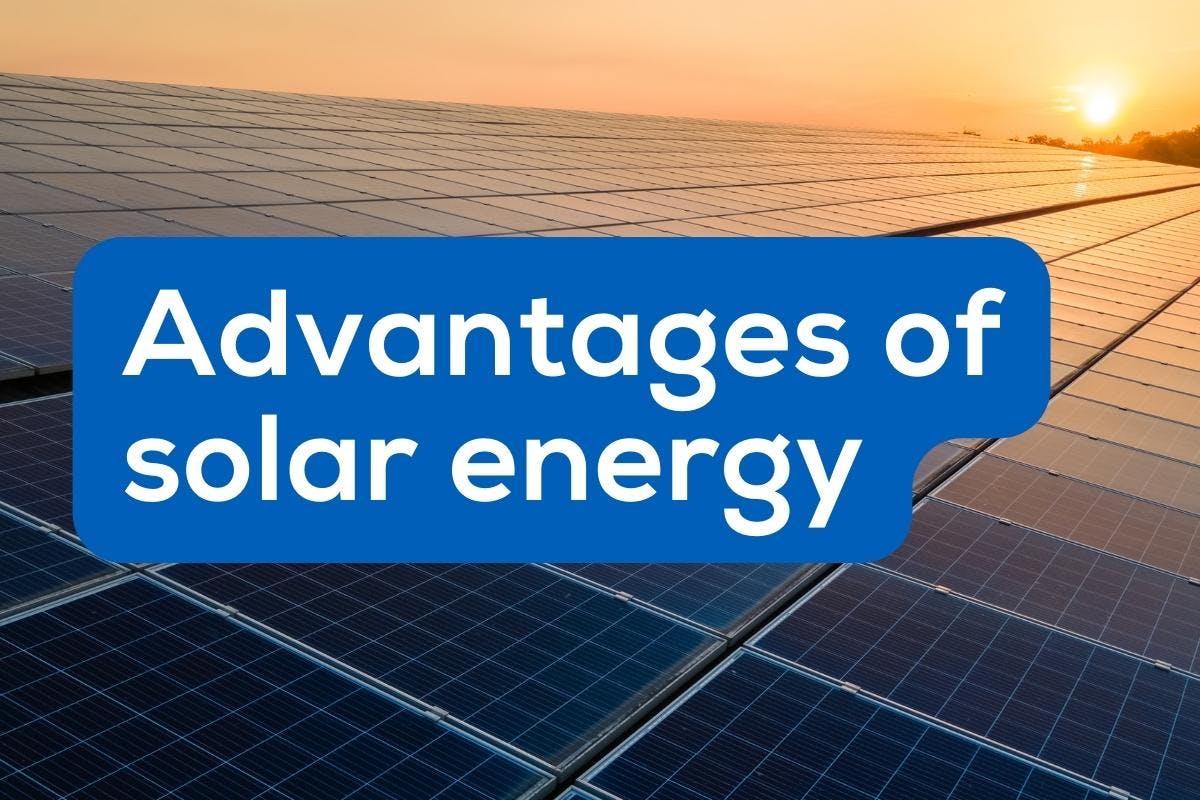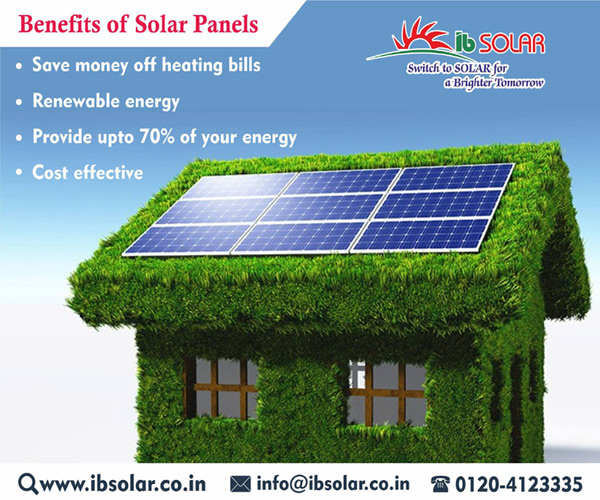Simply Solar Illinois: Full Solar Solutions for Green Living
Simply Solar Illinois: Full Solar Solutions for Green Living
Blog Article
Solar Power 101: A Beginner's Guide to Sustainable Energy Solutions
As the world progressively moves in the direction of sustainable power solutions, recognizing the fundamentals of solar power ends up being crucial for both people and services. By exploring the benefits of solar technology, alongside the monetary motivations and installation processes, one can obtain a more clear point of view on just how to successfully incorporate this sustainable source into their power approach.
Understanding Solar Power
At its core, understanding solar energy involves comprehending the essential concepts of just how sunlight can be converted into usable electrical power. Solar power is acquired from the sun's radiation, which can be used via various technologies.

Recognizing solar power also entails acknowledging its environmental benefits. By making use of sunlight, we can reduce greenhouse gas exhausts and lower air contamination, contributing to a more lasting future. The improvements in modern technology and performance of solar systems continue to improve their practicality, making solar power an increasingly eye-catching choice for worldwide energy requirements.
Sorts Of Solar Power Systems
Different kinds of solar power systems are commonly utilized to harness solar power for electrical power generation. The main classifications consist of solar (PV) systems, concentrating solar power (CSP) systems, and solar thermal systems.
Photovoltaic or pv systems use photovoltaic panels made up of silicon cells that convert sunshine straight right into electricity. These systems are functional and can be set up on rooftops, ground places, or incorporated right into structure materials.
Focusing Solar Power systems, on the other hand, use mirrors or lenses to concentrate sunshine onto a tiny area, creating heat that drives a steam turbine to produce electrical energy - Simply Solar Illinois. CSP systems are usually deployed in large power plants and call for direct sunshine, making them much less ideal for over cast areas

Each kind of solar power system has its unique features, applications, and viability relying on geographic area, power demands, and spending plan, making it vital to review alternatives based upon particular situations. - Simply Solar Illinois

Advantages of Solar Power
Using solar power through various systems not only gives a sustainable method to generate electricity however also provides a multitude of benefits. One of one of the most substantial benefits navigate to this site is the reduction in greenhouse gas discharges, adding to a cleaner environment and combating environment change. Solar power is eco-friendly, indicating it is inexhaustible and available as long as the sun beams, unlike fossil gas, which are finite and depleting.
Furthermore, solar power can lead to significant expense financial savings with time. Homeowners and companies can decrease their electrical power bills substantially, and in numerous instances, they may make credits for excess energy produced with net metering. In addition, the solar market produces see this page jobs, from producing to installment, stimulating regional economic situations.
One more engaging advantage is power freedom. By producing their own electricity, individuals and neighborhoods can reduce reliance on external power resources, improving resilience against rising and fall energy costs and supply disruptions. Moreover, solar power systems call for marginal upkeep, making them a practical alternative for lasting energy generation.
Installment Process Summary
The installation procedure for solar power systems usually includes numerous essential steps that guarantee efficient combination into a residential property. At first, a comprehensive site analysis is performed to review the roof covering's alignment, shielding, and architectural stability, which are essential to optimizing photovoltaic panel efficiency. Following this evaluation, the design phase begins, where a tailored solar power system is configured based on the house owner's power demands and choices.
Once the design is settled, the necessary authorizations and authorizations are obtained from neighborhood authorities, guaranteeing compliance with policies. The real installation involves installing the photovoltaic panels on the roofing system or ground, attaching them to an inverter, and integrating the system with the residential or commercial property's electric arrangement. This phase may likewise entail setting up battery storage systems, relying on the style.
After installment, an extensive assessment is performed to validate the system's performance and safety. The system is appointed, and home owners are educated on its operation and maintenance. With the setup complete, the solar energy system can begin producing renewable power, contributing to sustainability and decreasing energy prices. This organized approach makes sure that planetary systems are both reliable and dependable, maximizing their long-term benefits.
Financial Incentives and Cost Savings
Discovering the financial motivations and savings associated with solar power systems can significantly improve the allure of making the button to sustainable energy. Various incentives exist at federal, state, and local degrees, made to minimize the initial prices connected with solar installment. One of the most noteworthy motivations is the federal solar tax obligation credit score, which permits property owners to deduct a portion of their planetary system installment costs from their federal taxes. Since 2023, this credit stands at 30%, offering substantial financial you can try this out savings.
Along with tax credit histories, several states use refunds that can further lower upfront expenditures. Some energy business also offer performance-based motivations, fulfilling solar energy manufacturing gradually. Funding choices, such as solar fundings and leases, permit consumers to set up systems with little to no down repayment, making solar energy a lot more obtainable.

Lasting cost savings are one more important element. By creating their own power, house owners can considerably lower and even remove their month-to-month power expenses. Additionally, solar systems can increase home values, giving a solid return on financial investment. Overall, the mix of incentives and savings makes solar power an economically attractive choice for numerous houses.
Conclusion
In final thought, solar energy stands for an essential element of lasting energy options, providing a pathway towards decreased carbon footprints and boosted ecological security. The varied kinds of solar energy systems, combined with considerable economic motivations, help with more comprehensive fostering amongst individuals and areas. Comprehending the installation procedures and advantages connected with solar power encourages stakeholders to make enlightened choices. Eventually, the change to solar energy not only cultivates eco-friendly obligation yet also promotes economic savings and power self-reliance.
Report this page